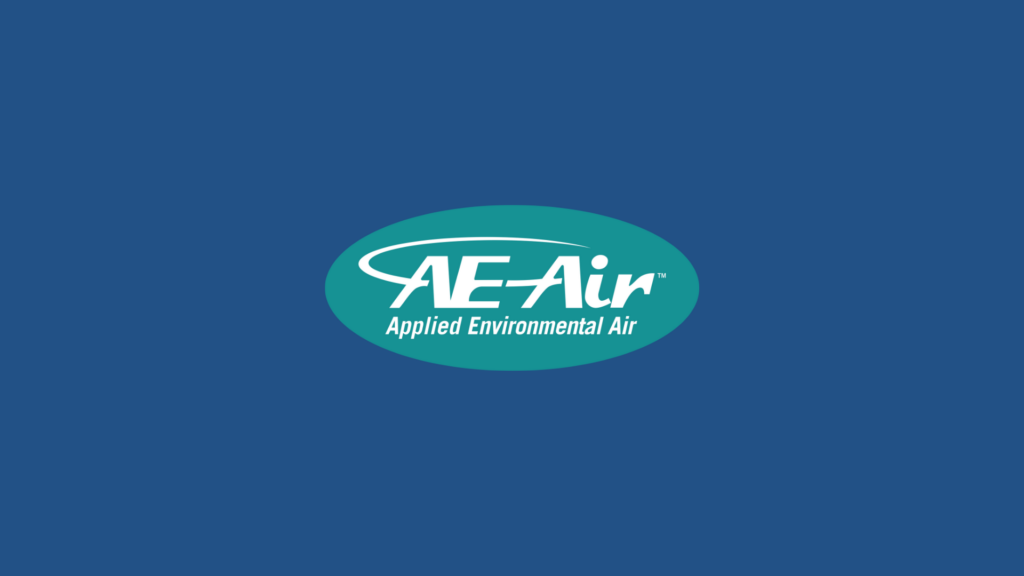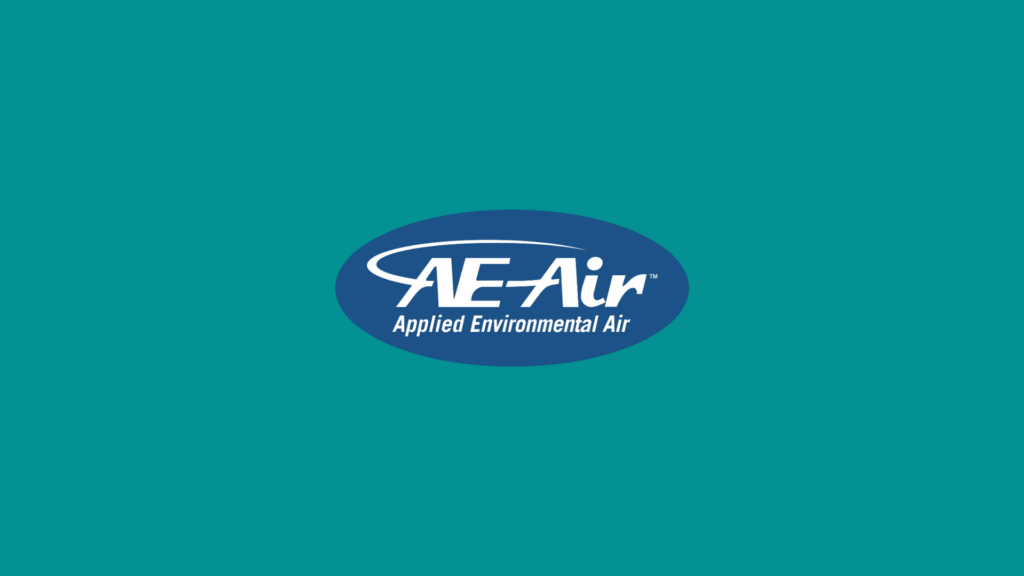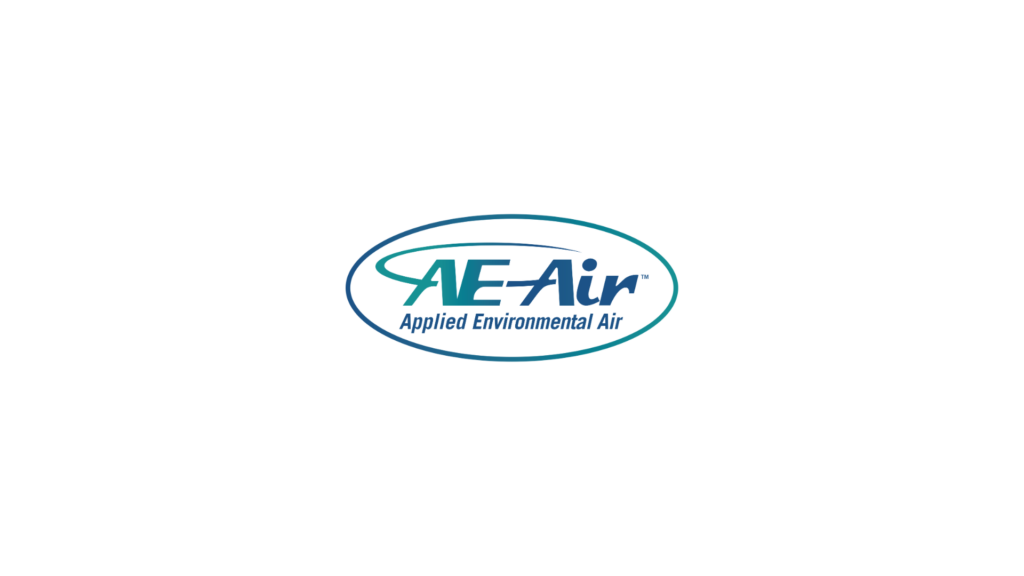Navigating the complexities of vertical high-rise buildings presents unique challenges, particularly when it comes to HVAC systems. These towering structures often grapple with issues that aren’t as prevalent in smaller buildings. From high energy demands to spatial constraints, each problem requires careful consideration and expertise to solve effectively. In this landscape, HVAC systems must be designed and managed to ensure they cater to the distinct dynamics of high-rise buildings.
For developers, engineers, mechanical contractors, and architects, understanding these common problems is crucial to delivering efficient and comfortable living spaces. By identifying specific challenges such as airflow issues, noise management, and space limitations, they can implement successful strategies. Tackling these issues head-on not only optimizes the HVAC system but also enhances the overall quality and appeal of high-rise units.
Common Problems in Vertical High-Rise Units
1. Inefficient Airflow and Ventilation Challenges:
– High-rise buildings face difficulty in maintaining consistent airflow. The height and design of these buildings can hinder effective ventilation, leading to uneven temperatures across different floors.
– Residents in higher floors may experience stuffy or drafty conditions, while those on lower floors might encounter excessive humidity or cold spots. These disparities can significantly affect the comfort and energy efficiency of the building.
2. Noise Concerns Affecting Occupant Comfort:
– HVAC systems in high-rise buildings can produce noise that disturbs residents, reducing overall comfort and satisfaction. Elevators, plumbing, and HVAC ductwork can contribute to noise pollution if not properly controlled.
– Noise becomes a more pressing issue as residents seek quieter and more serene living environments. Without proper insulation and noise reduction strategies, discomfort and dissatisfaction can quickly follow.
3. Space Constraints Limiting HVAC System Options:
– Vertical buildings present unique spatial challenges that impact the choice and installation of HVAC systems. Limited space means that equipment must be both compact and efficient to fit within the confines of mechanical rooms or utility areas.
– This spatial limitation often results in creative solutions to incorporate essential systems without compromising performance or maintenance accessibility.
Understanding these common problems can guide professionals in making informed decisions. By addressing airflow, noise, and space concerns, they lay the groundwork for enhanced indoor environments and satisfied occupants.
Solutions for Vertical High-Rise Units
Addressing the unique challenges of HVAC systems in vertical high-rise units requires specific solutions. One of the effective strategies involves installing vertical heat pumps. These systems are designed to optimize energy efficiency, providing a consistent temperature across varying heights of a building. Vertical heat pumps can adapt to the changing needs of different floors, ensuring that everyone experiences similar comfort levels without excessive energy usage.
To tackle noise concerns, noise reduction techniques are critical. This can include the use of soundproofing materials around HVAC equipment and strategic placement to minimize the impact of operational noises. High-quality insulation within walls and ceilings can also significantly dampen unwanted sounds. Even simple measures like ensuring smooth air flows through ducts can decrease noise caused by turbulence.
Space-saving HVAC solutions are another clever strategy for these towering structures. By choosing compact systems and integrating them effectively into the design of the building, developers can make the most of limited mechanical space. Innovative design strategies, such as ceiling-mounted systems or closet installations, allow for full functionality without sacrificing valuable square footage. Employing a vertical system layout in mechanical rooms can help inch out the best use of space while maintaining the integrity and accessibility required for regular maintenance.
Importance of Regular Maintenance and Professional Support
Ongoing maintenance is necessary to ensure the longevity and efficiency of HVAC systems in high-rise structures. Routine checks and servicing help prevent minor issues from escalating into major problems that could disrupt the comfort of residents. Regular filter replacements, system cleaning, and performance assessments are key components of an effective maintenance schedule.
Choosing the right professional support is also essential for maintaining these complex systems. Skilled technicians can offer the expertise needed to manage the intricate requirements of high-rise HVAC systems. They possess the knowledge to troubleshoot specific challenges that may arise, keeping systems running smoothly and efficiently.
Long-term advantages of maintaining HVAC systems are plentiful. Not only does it ensure consistent comfort and air quality for occupants, but it also extends the life of the equipment, resulting in cost savings over time. By investing in regular maintenance and professional support, developers and building managers safeguard their assets and the well-being of their occupants.
Looking Ahead
Recognizing and addressing the common problems in vertical high-rise units can significantly enhance the living experience for residents. Implementing solutions like vertical heat pumps, effective noise management, and strategic space utilization ensures that buildings remain comfortable and efficient for years to come. Consistent maintenance plays a key role in preserving these benefits, providing peace of mind for developers and residents alike. Prioritizing these strategies and support systems can truly transform the experience of living and working in high-rise environments.
For developers and engineers seeking innovative strategies to improve HVAC efficiency in high-rise buildings, exploring vertical heat pumps could offer significant benefits. Discover more about these systems and how they can be integrated into your projects with AE Air. With the right solutions, you can ensure optimal performance and comfort for every floor of your building.


